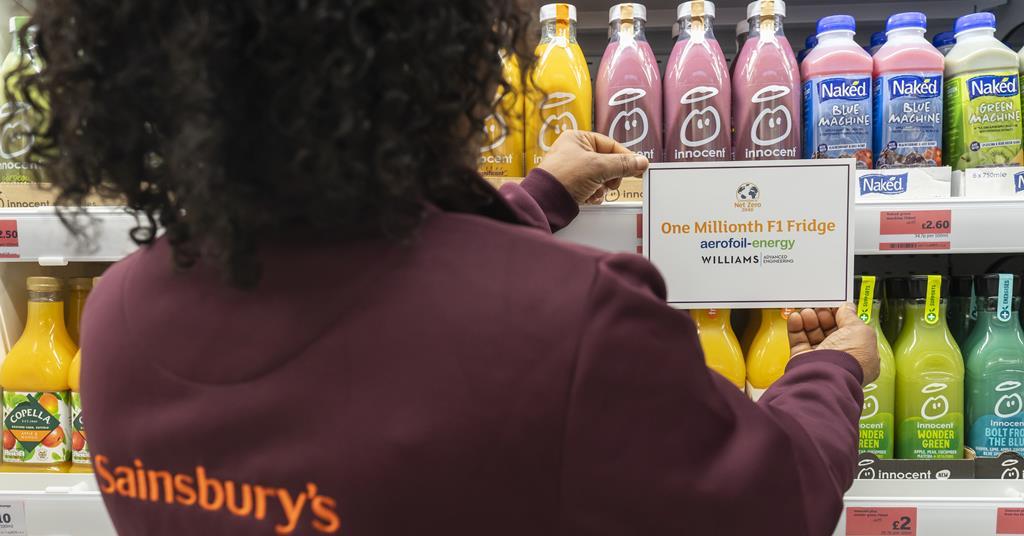Finding Common Ground On Green Technology Goals In The Build Back Better Act

The US House of Representatives passed a key procedural vote early Saturday morning to line up eventual passage of the Build Back Better (BBB) Act, President Joe Biden’s signature social safety net and climate change bill, according to reports from CNBC. The vote across party lines came soon after the House late Friday night passed the $1 trillion, Senate-approved bipartisan infrastructure bill, which will now go to the President for signature.
Biden, the consummate arbitrator, personally intervened with Congressional leaders in order to broker language that would be acceptable to multiple constituents in the Democratic party. Moderates agreed to issue a formal pledge to vote for the social spending bill as long as the line items would not add to the budget deficit. The BBB Act can be a win for green technology, as it includes $500 billion to combat the climate crisis, largely through clean energy tax credits — the largest ever US federal investment in clean energy.
In a statement celebrating the passage of the infrastructure plan and the successful procedural vote for the separate social and climate plan, President Joe Biden described the BBB Act’s intended climate actions.
“The Build Back Better Act will be a once-in-a-generation investment in our people. This bill will make historic and significant strides that take on the climate crisis. It will build out the first-ever national network of electric vehicle charging stations across the country. We will get America off the sidelines on manufacturing solar panels, wind farms, batteries, and electric vehicles to grow these supply chains, reward companies for paying good wages and for sourcing their materials from here in the United States, and allow us to export these products and technologies to the world.”
Democracy is So Messy!
Was it just midweek that House majority speaker Nancy Pelosi sent a letter to colleagues, imploring them to set aside differences? “As the world gathers in Glasgow to address the climate crisis, it is imperative that we show the world that America will do more than its fair share to meet and beat the standards.” Ah, how much change a few days can bring.
Tonight, I proudly signed the historic Bipartisan Infrastructure Framework and sent it to @POTUS to be signed into law. This bill delivers a once-in-a-century investment in our infrastructure, creates good-paying jobs and takes a crucial step to #BuildBackBetter For The People. pic.twitter.com/atJPzRVclu
— Nancy Pelosi (@SpeakerPelosi) November 6, 2021
The White House and Democratic leaders in the House had hoped to pass both the procedural vote and the final bill Friday, but the Congressional Progressive Caucus (CPC), as late as Friday night, had reportedly told Biden that the CPC would not be able to support the vote on the bipartisan infrastructure bill. An ongoing hours-long meeting with the CPC then took place.
The latest statement from our chair @RepJayapal on the Build Back Better Act and Infrastructure Investment and Jobs Act votes: pic.twitter.com/rcvYrcFuQ7
— Progressive Caucus (@USProgressives) November 6, 2021
The CPC announcement was the first indication that they could unite behind a vote to advance the Build Back Better legislation.
Various Groups Speak out about the Infrastructure & BBB Acts
The Alliance to Save Energy (ASE) says the $1.2 trillion infrastructure bill includes significant funding for programs helping more households to access cost-saving energy efficiency upgrades, as well as needed investments for advancing the next generation of Active Efficiency technologies. The ASE offers a full fact sheet on efficiency provisions in the infrastructure act. Programs and rebates for energy-efficient products and services are among the most powerful provisions in the BBB act, the ASE explains, including cutting emissions, in addition to funding for retrofitting critical public facilities, facilitating the adoption of modern building codes, and accelerating the transition to electric vehicles.
The Conservative Energy Network (CEN), a coalition of 21 state-based conservative clean energy organizations, sent out a press release on Saturday applauding the passage of the US Infrastructure Investment and Jobs Act (H.R. 3684). The bipartisan bill, which had the support of 19 Republican members in the Senate and 13 Republican members in the House, promotes a cleaner energy future, they say, “by cutting red tape and providing money for clean technology research and development—particularly for hydrogen and carbon capture.” CEN sees “hydrogen and carbon capture” as carbon emissions reductions “equal to taking 20 million cars off the road and the Act as a way to address climate action goals by investing in green technology:
- $5 billion in annual cost savings
- 300,000+ construction jobs
- 20,000+ long-term operations jobs
EDF Action (the advocacy arm of the Environmental Defense Fund) outlines 3 ways the BBB Act will save Americans money.
- Consumer rebates for more efficient household appliances and materials like furnaces, HVAC systems, water heaters, windows and doors, and roofs have improved enormously over the years when it comes to being energy efficient.
- The costs of renewable energy sources will decrease, such as cutting the cost of installing rooftop solar panels for a home by around 30{18fa003f91e59da06650ea58ab756635467abbb80a253ef708fe12b10efb8add} and shortening the payback period by 5 years. From Florida to Texas to California to Massachusetts, installing a solar panel could give a single household up to $2,000 a year in savings.
- The BBB framework includes a $12,500 EV tax credit – a $5,000 increase from what’s offered today – lowering the cost of US- and union-made EVs. For the first time, the EV tax credit will be refundable, allowing buyers to claim it at the point of purchase.
Global Reluctance to Replace Fossil Fuels with Green Technology
The climate summit COP26 in Glasgow saw more than 40 world leaders say they will work together to increase adoption of green technology by implementing worldwide standards and policies. Five high-carbon sectors were identified as most needing attention: agriculture, electricity, steel, road transport, and hydrogen. The initiative was titled the “Glasgow Breakthroughs.”
UK Prime Minister Boris Johnson said,
“By making clean technology the most affordable, accessible and attractive choice, the default go-to in what are currently the most polluting sectors, we can cut emissions right around the world. The Glasgow Breakthroughs will turbocharge this forward, so that by 2030 clean technologies can be enjoyed everywhere, not only reducing emissions but also creating more jobs and greater prosperity.”
World leaders, CEOs, and philanthropists were expected to launch, according to the BBC:
- The “Green Grids Initiative,” to interconnect continents, countries, and communities to renewable sources of power and to ensure no-one is left without access to clean energy
- “AIM4C”, a new initiative led by the US and the UAE, with over 30 supporting countries, committed to accelerating innovation in sustainable agriculture
- The “Breakthrough Energy Catalyst” program, which aims to raise up to $30 billion in investments and bring down costs for “green” hydrogen, direct air capture of CO2, and long-duration energy storage
- The “First Movers Coalition,” a US-led buyers’ club of 25 major global companies making purchasing commitments to promote sectors such as steel, trucking, shipping, aviation, aluminum, concrete, and chemicals
Concurrently, a revision to UN deforestation figures led the Global Carbon Project to a surprising new conclusion about CO₂ emissions from land. Forest regrowth is larger than previously thought, which means trees and soil have soaked up more CO₂ than expected over the last 2 decades. The deforestation rate, less the absorption rate, leaves a net decline in emissions that makes the 2021 estimate of 2.9 gigatons just 64{18fa003f91e59da06650ea58ab756635467abbb80a253ef708fe12b10efb8add} of the early 2000s rate.
Yet many at the climate summit were not impressed by the progress of negotiators. Indeed, some countries soon after their announcements tries to walk back their commitments. 18-year-old Swede Greta Thunberg, one of the world’s best known climate campaigners, joined protesters Monday at a demonstration outside the COP26 conference. In remarks to the crowd, she called out world leaders for failing to meet their goals to address global warming.
“No more blah, blah, blah,” said Thunberg, imploring people in power across the world to act with more urgency in tackling harmful emissions. “No more whatever-the-f–k they’re doing inside there.” Prior to the event, she defended the recent actions of protesters who have been blocking roads, saying, “sometimes you need to anger people.”
Final Thoughts about Green Technology & the BBB Act
Once the final bill clears the House, the Build Back Better Act goes to the Senate, where it is likely to be revised. There, two conservative Democrats have an outsized influence on what happens next: Key swing vote Sens. Joe Manchin of West Virginia and Kyrsten Sinema of Arizona. Senate Majority Leader Chuck Schumer said he hopes to have the Senate pass its version of the Build Back Better Act after the House does, and before Thanksgiving.
President Biden said this legislation puts the US on a path to win the economic competition of the 21st century — with green technology at its center.
Image retrieved from NOAA/public domain
Appreciate CleanTechnica’s originality? Consider becoming a CleanTechnica Member, Supporter, Technician, or Ambassador — or a patron on Patreon.










